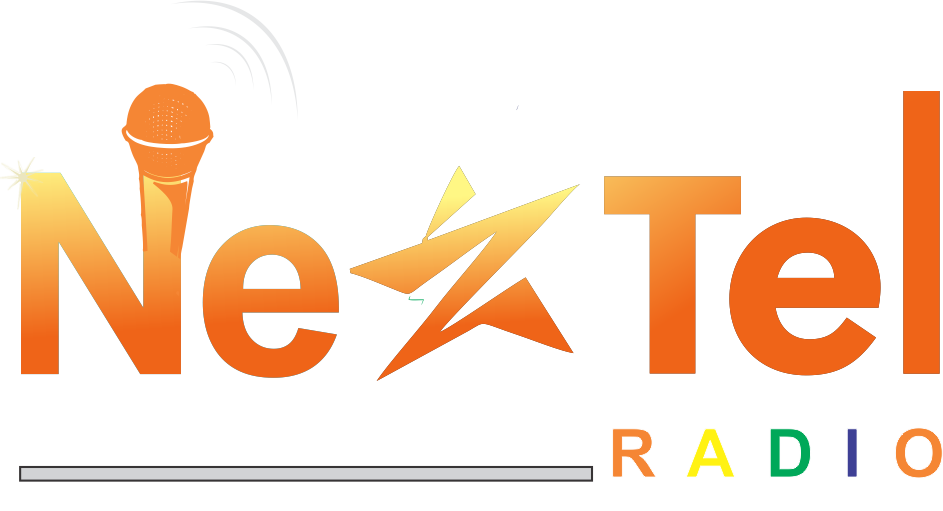Boosted by news from Spotify’s global Stream On event Monday (Feb. 22), the company’s share price reached an all-time high of $387.44 at midday. During the presentation, CEO Daniel Ek and a host of executives announced plans to launch in 80 new markets; upcoming podcasts from Barack and Michele Obama’s production company, Higher Ground; new tools for do-it-yourself podcasters; and a high-definition audio tier to match existing offerings from Amazon, Qobuz, Tidal and Deeper.
Remarkably, Spotify’s enterprise value hit $72 billion, twice the €30 billion ($36.5 billion) value of Universal Music Group, Spotify’s largest music supplier. But investors’ initial enthusiasm faded away as Spotify’s share price dipped into negative territory just three hours later and ended the day down 4% from the opening price at $349.91. For all of Spotify’s hard work, the realities of running a streaming audio company are unavoidable: Margins are slim and competition is strong.
Since 2019, podcasts have been central to Spotify’s growth strategy and goal of improving the company’s margins. Original and exclusive content not only attract listeners but can help ease pressure from rigid music licensing costs. On that front, Spotify’s spending matches its ambition. Most notably, Spotify paid $100 million to exclusively license The Joe Rogan Podcast, a consistent top podcast since its arrival on the platform in December. Other deals show Spotify is looking beyond celebrity podcasters to attract smaller creators. Megaphone, acquired in November, inserts audio advertisements into podcasts. New self-serve tools for Anchor, the podcast app it purchased in 2019, as well as new monetization options announced Monday, could also attract “long tail” podcasters and, eventually, more advertisers.
Not everybody is buying the growth strategy — at least not at current valuations. Credit Suisse analyst Brian Russo pegs Spotify’s value at just $315 per share and expects “disappointing” subscriber additions in 2021. But other analysts see opportunity ahead. Stifel’s John Egbert, with a price target of $360, sees benefits from geographic expansion and expected price hikes in select markets. Morgan Stanley’s Benjamin Swinburne, who puts the stock’s value at $350, likes Spotify’s expansion potential and leadership in audio streaming.
For its part, 12-year-old Spotify argues the streaming audio business is still in its early stages and that growth, not profits, should be its focus. Its subscribers grew to 155 million at the end of 2020, and it expects to finish 2021 with 172 million to 194 million. “We’re committed to building the world’s leading audio platform,” said Dawn Ostroff, Spotify’s chief content officer and advertising business officer, during Monday’s event. Aside from purely advertising impacts, the combination of spoken word with music may increase listening time and reduce churn, a particularly nefarious problem for subscription services because acquiring new customers increases sales and marketing expenses.
An expanding footprint will also help Spotify grow beyond its core European and North American markets. An additional 80 markets — in unnamed countries in Africa, Asia and the Caribbean — will increase Spotify’s addressable market “to more than a billion people … with nearly half of them already using the internet,” said Ek. It is already available in most of Asia’s most populous countries, such as India and Indonesia, as well as Japan, the world’s second-largest music market. Africa is full of opportunity, although its countries’ average revenue per user will be less than the U.S. or European countries. Still, breaking into markets such as Nigeria (population 201 million), the Democratic Republic of Congo (90 million) and Kenya (population 53 million) can amount to big paydays for streaming services.



